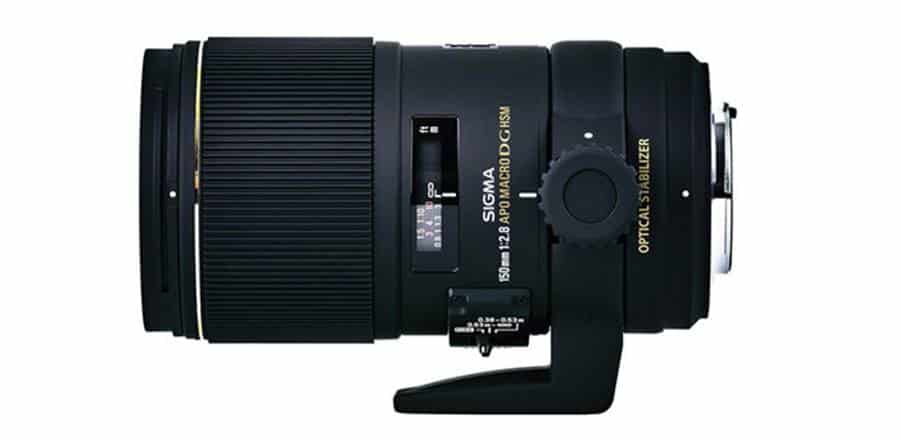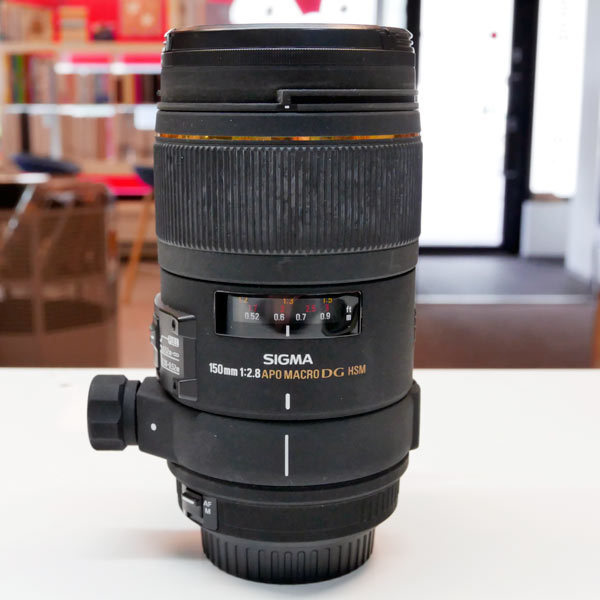

So if I win the lottery, maybe I'll be able to have a head-to-head comparison, and can actually see myself keeping both of them. But I like the Sigma as well, and I still need its macro performance. The problem is that I still want to buy the 150/2.0 - the Sigma has proven for me how suitable this focal length is without really giving me what I want from a lens. I love the working distance for macros, and have a tendency for tight telephoto shots in my personal work, so it's a good fit for me. I bought the Sigma because I wanted the Olympus 150mm f/2.0. The Sigma 150 Macro goes from party to business faster than a speeding mullet. The collar is even faster than a quick-release plate, so there's no reason not to use the lens in the best way for each particular moment. When I'm hand-holding the camera I'll lock the collar around the strap on one of my Dom kes, which is a quick and easy way to stow my monopod.
There's a best-of-both-worlds aspect to this, because the Sigma 150 is quite small for its (effective) focal length and is comfortable to hold without the tripod mount, but it's long enough that using proper support makes composition much easier. The collar can be opened and removed quickly and without needing to disassemble the camera. The lock knob has a cam design that locks securely with half a rotation, which is much more elegant than the thumbscrews that other manufacturers use. The collar is split with a hinge, and tripod lock knob is sprung and clips over a peg on the other half of the mount. It was one of the highlights of my first look at this lens, and it deserves a special mention again here. Sorry for this long story, don't want to derail this thread so if you (or others) want to discuss further or have any golden tips maybe we need to start a new thread discussing different focus stacking methods and the best way to capture the images.Sigma's tripod mount is awesome.

#Sigma 150mm macro helicon remote manual#
My experience is that using a long lens and macro rail gives the least problems in Helicon focus (the program I use) but since my camera has no automated focus stacking it might be that those results aren't looking as good in my case because I find that making reliable small steps of manual focus on the lens is much harder to do than reliably move a macro rail in small constant steps.
#Sigma 150mm macro helicon remote full#
I don't know if there is a method to avoid changing size and perspective at the same time, maybe with a tech cam and/or special lens but not with a "simple" full frame camera. Theoretically there must be a way to move the camera and the focus of the lens together to achieve a pure constant size but as soon as you move the camera the perspective changes, so that problem doesn't go away. If you move the camera on a macro rail (and don't change the focus on the lens) the subject size and perspective changes, if you change focus on the lens it changes the size of the subject (and sometimes also the perspective). I'm relatively new to focus stacking but I haven't found a method yet to always keep the size of the subject equal and avoid "shading" of certain areas in deeper/more complicated structures.


 0 kommentar(er)
0 kommentar(er)
